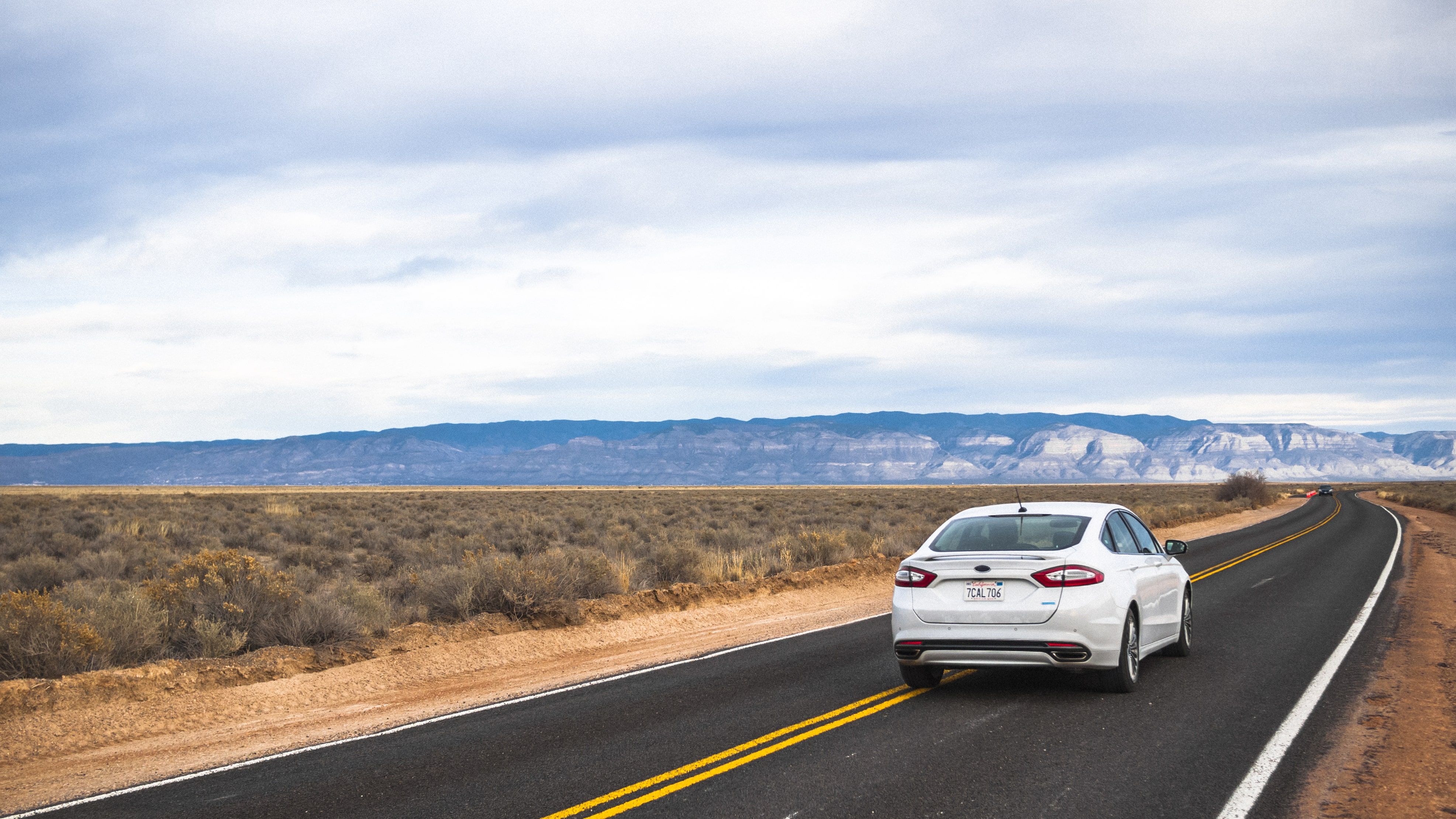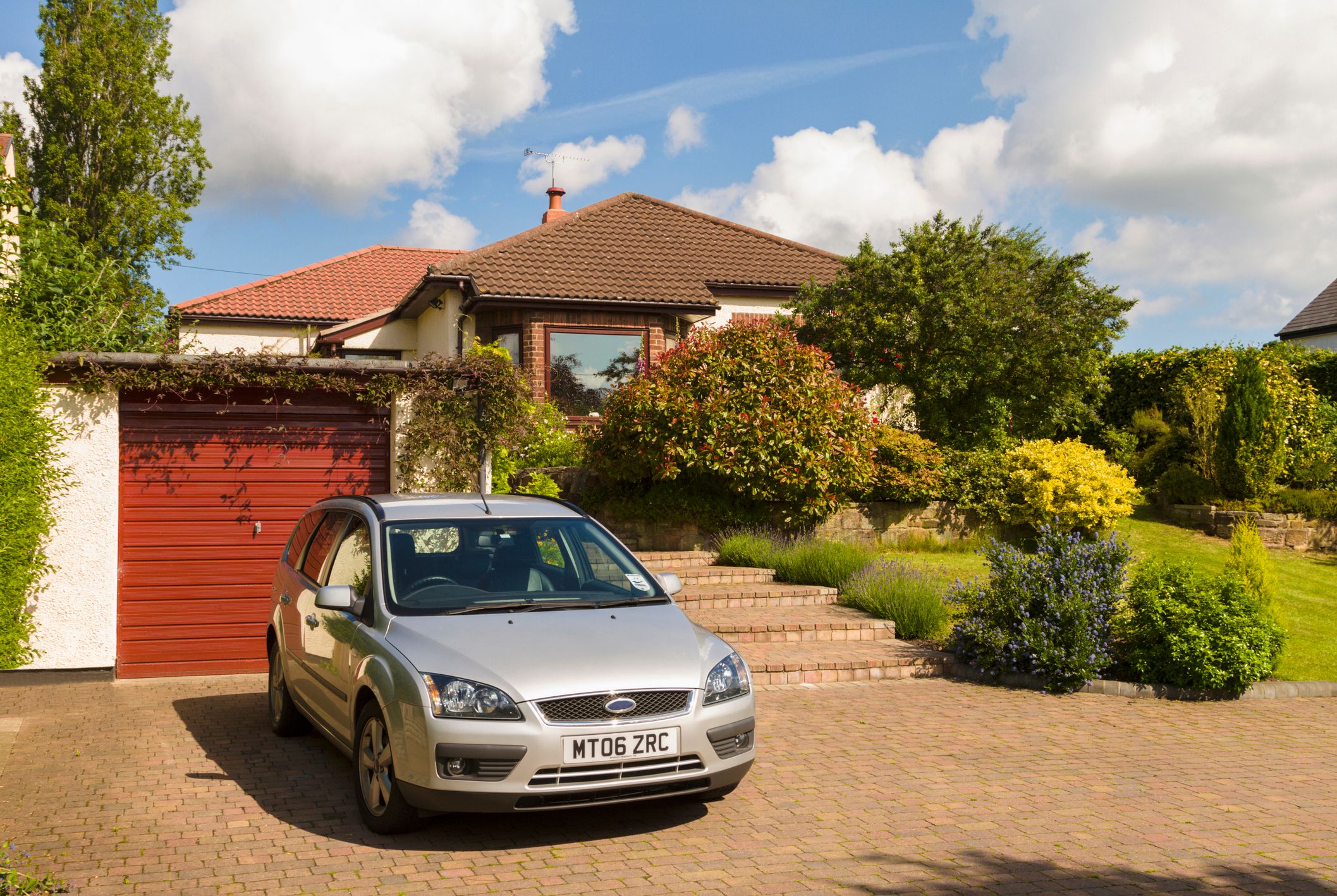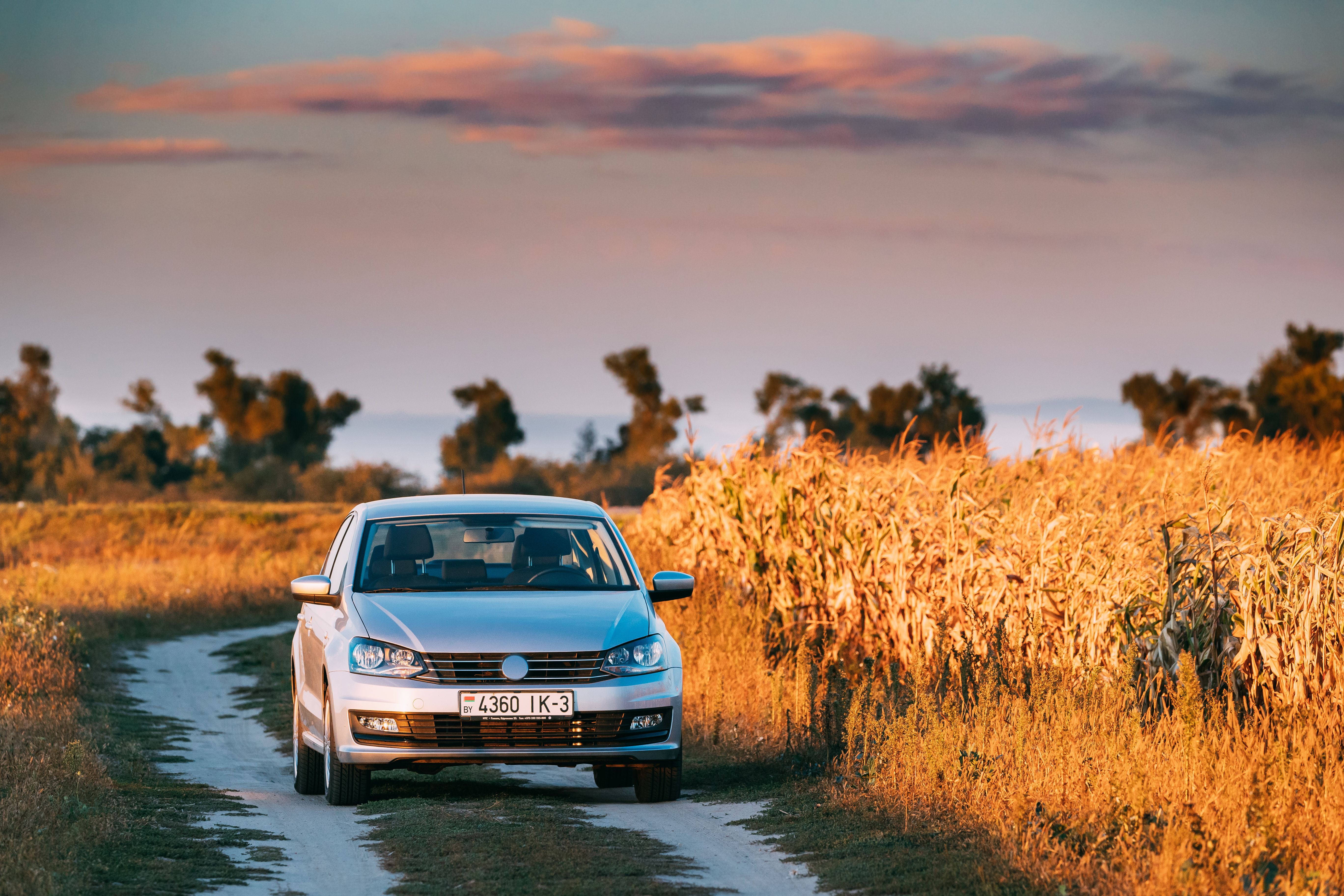Secure Your Car With The Super Car Insurance Plan!
Believe it or Not! Save upto* 75% on TATA AIG Car Insurance
Secure Your Car With The Super Car Insurance Plan!
Believe it or Not! Save upto* 75% on TATA AIG Car Insurance
How To Remove Moisture From Car Tail Lights and Headlights
- Author :
- TATA AIG Team
- ●
- Last Updated On :
- 14/05/2024
When we talk about an efficiently running car, we refer to the engine performance, tyre quality, aerodynamic design, clean air filters, lubricated parts, a strong braking system, and a well-maintained transmission system.
However, many other things contribute to a smooth driving experience. One such aspect is the clean headlights and taillights of the car.
Visibility is an essential component of safety while driving a four-wheeler. While daylight takes care of visibility until sundown, once the sun sets, the headlights and taillights are responsible for ensuring that you can see the road and surroundings clearly and drive safely.
One of the biggest problems with a car’s headlights and taillights is the presence of moisture in them. This can enter the lights in various ways and hamper visibility while causing other problems. Therefore, it is important to remove moisture from car headlights and taillights.
Today, we will look at the different ways in which you can remove moisture from the taillights and headlights of your car.
The Importance of Headlights and Taillights in a Car
Headlights and taillights of a car are not just meant to ensure visibility. They also help in communicating with other drivers on the road and offering a safe driving experience. Here are some reasons why they are important:
Headlights
Located at the front of your car, headlights are the front-facing lights. They:
Illuminate the road in front of you when the surrounding light is not adequate. This allows you to see in low-light conditions and at night
Help the driver see obstacles, speed breakers, and other vehicles on the road. This allows you to navigate your car safely and avoid accidents and collisions
Are available in low-beam and high-beam variants to suit different driving conditions
Taillights
Located at the rear of your car, taillights are rear-facing lights. They:
Allow other vehicles coming from behind you to see your car on the road, especially in low-light conditions
Become brighter when you apply brakes, allowing the car behind you to slow down or stop
Function as turn indicators. The left taillight blinks when you intend to turn left, and the right one blinks when you intend to turn right. Hence, the cars following you can manoeuvre accordingly
Are usually integrated with reverse lights that illuminate when you are reversing your car
Since headlights and taillights play an important role in ensuring visibility and enabling communication with other vehicles on the road, you must make sure that they are in top-notch condition at all times.
This means that if a light is not working, then you get it repaired/replaced immediately. Also, if moisture has seeped into the lights, then make sure that you remove the moisture in the car headlight and/or taillight without delay.
Causes for Moisture in the Car’s Headlight or Taillight
Are you wondering why there is moisture in your headlight or taillight? Despite the protective seals, moisture can find its way into your car’s lights in various ways:
Variations in Temperature: If you live in a region or are driving your car through regions that have temperature fluctuations, then the air inside the lights can contract or expand in response to the temperature outside.
When the air contracts, it can suck in moist air from the surroundings through microscopic openings. When the temperature rises, the air cannot escape since it is trapped inside the light,, resulting in fog inside headlights and tailights, causing moisture.
Wear and Tear of the Seal: Headlights and taillights of a car have protective seals that prevent moisture from entering.
However, over time, these seals can crack or get worn out due to various reasons and allow the moisture to penetrate.
Cracks to the Housing: A car’s lights are enclosed in protective housing. If it develops cracks, then moisture can enter the light through the cracks.
Pressure Washing: When you get your car washed, most professionals use pressure-based water jets to clean.
If these jets are used near the headlights or taillights, then there is a chance of water seeping in, especially if the seals are weak or damaged.
Reasons to Remove Moisture from the Taillights and Headlights
While a little moisture in the lights might not seem like a big problem, it is important to remove condensation from car headlights and taillights before the moisture causes more damage. Here are some reasons why it is important to remove the moisture from your car’s lights without delay:
Visibility: This is an obvious reason. If enough moisture gets into the lights, then it can affect their clarity. This can result in a dim or diffused light, which, in turn, can decrease visibility. Imagine if your taillight is not bright enough, and you brake suddenly.
If the car behind you cannot see the taillight illuminate bright enough, then it might miss the indication and cause a collision.
Damage to Electrical Components: Moisture in an electrical component is never good news.
If the moisture increases, then it can damage other electrical components in and near the lights and cause them to stop working over time.
Mould and Mildew: Moisture is the breeding ground for mildew and mould. This is unhealthy and can also cause a foul odour inside your vehicle.
How to Remove Moisture from Car Headlights and Taillights?
While you can get the lights cleaned from a service station, if you intend on doing it yourself, then here is a handy guide for car headlight condensation fix.
Before you start, get some materials in place. These include:
A screwdriver and other tools that can help you remove the light coversA lint-free clothSilica Gel packets
Here are the steps to remove condensation from car headlights and taillights:
Make sure that the car’s engine and lights are off
If the lights have been on for some time, then ensure that you wait for a while to allow them to cool off
Now, you will have to remove any cover or access panels that are protecting the light. This is because the moisture is between the light and the cover. Use a screwdriver or any other necessary tool to get the cover off
Take the lint-free cloth and clean the light, the lens, and the housing carefully. Avoid rubbing too har, as you might cause scratch marks. Pay special attention to corners and not-easily-accessible areas
Once you have done this, leave the light covers in the open in a dry area, preferably in the sun, for a few hours. This can help evaporate any moisture left behind
Once they have been out and completely dried, stick some silica gel packets inside the lights where they won’t interfere with the functioning of the lights
Reattach the covers and/or access panels
Seal them properly to prevent moisture from entering the lights again
While this will immediately remove all moisture from your car’s lights, pay attention to check if the fog inside the headlight or taillight returns within a few days. If it does, then you would have to check for potential sealing issues.
Remember, taillight or headlight condensation is not something that should be taken lightly. It is prudent to remove the moisture, find the cause of it seeping in, and repair it to prevent further damage to your car.
Summing Up
While car headlight with moisture inside is a common sight in a humid region, it is no excuse to allow the moisture to stay inside. Follow the steps mentioned above and get your car’s lights moisture-free. This will not just improve visibility but also reduce the chances of an accident or collision due to poor lights.
And, to protect yourself financially from an accident or mishap, you can buy car insurance.
Talking about insurance for a four wheeler, it is important to note that while third-party car insurance is compulsory in India, it does not offer coverage for damages to your car. Hence, it is important to consider buying a comprehensive car insurance policy.
Also, before buying a policy, compare plans and use an online car insurance calculator to find the most cost-efficient policy for your needs.
FAQS
Q1. How do you get the moisture out of taillights?
To get the moisture out of taillights, start by opening the cover of the lights. You will need the right tools to open it. Once opened, use a lint-free cloth to carefully clean the lights and the cover of all the moisture. Next, keep the cover in the sun for a few hours to allow any remaining moisture to evaporate.
Q2. How do I stop condensation in my headlights?
While condensation cannot be completely prevented, there are several measures that you can take to reduce the chances of moisture entering the headlights. The first thing to do is to try and locate the leaks from where moist air is entering the lights. This can be a worn-out seal or a cracked housing. Once the leak is identified, patch it. This can stop condensation in your car’s headlights.
Q3. Do I have to replace the lights if condensation persists?
While cleaning and adding silica gel can help rid the lights of moisture, if the condensation reappears in some days and persists, then there might be a leak that you are not able to identify. If a servicing professional also cannot find/patch the leak, then replacing the lights can be the best option.
Q4. Can condensation in headlights go away on its own?
In many cases, condensation goes away on its own. This happens when the condensation is minor, as the moisture that has seeped in is not too much. In such cases, the heat of the headlight dissipates the moisture. However, excessive or persistent condensation requires manual moisture removal.
Q5. Can I use a hair dryer to remove moisture from the lights?
After removing the housing, you might use a hair dryer on low heat. Remember, high heat from the dryer might damage the light bulb, housing, or other components. Cleaning it using cloth and leaving it under the sun for drying is the safest and best method to remove moisture from your car’s lights.
Disclaimer / TnC
Your policy is subjected to terms and conditions & inclusions and exclusions mentioned in your policy wording. Please go through the documents carefully.



